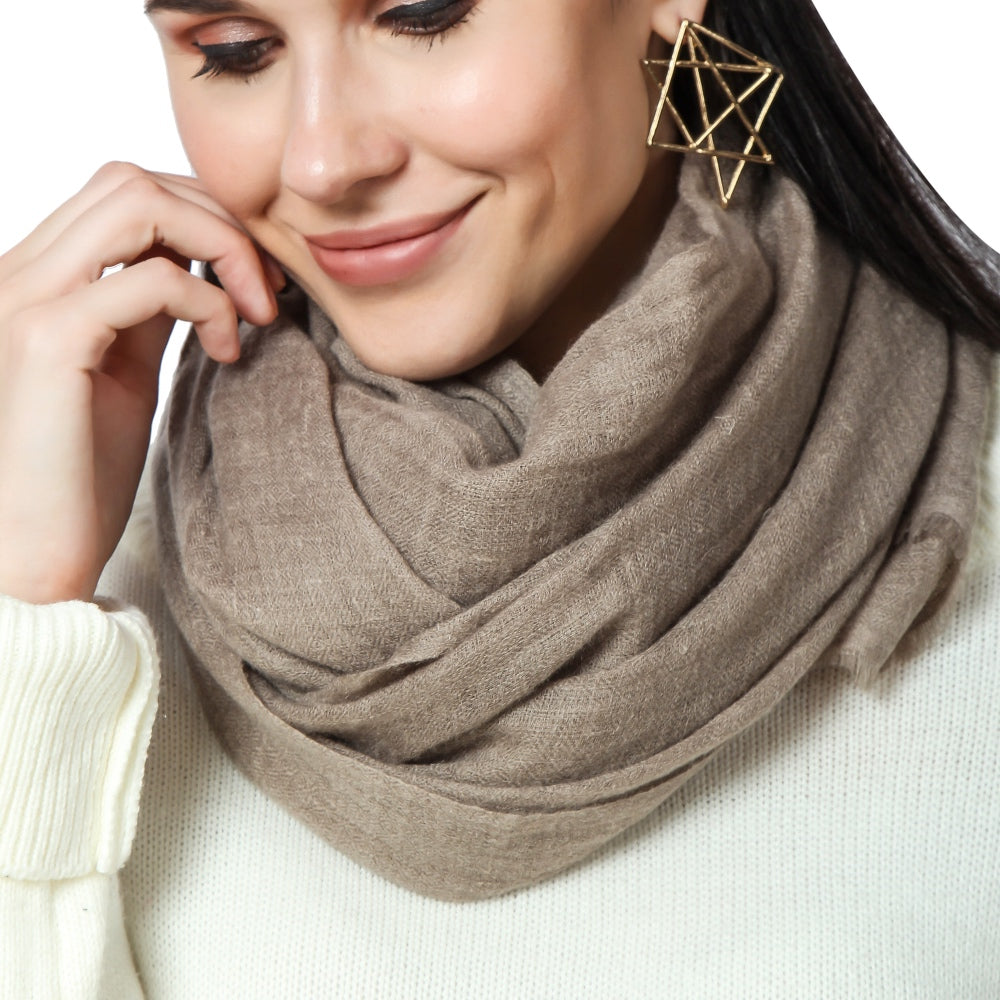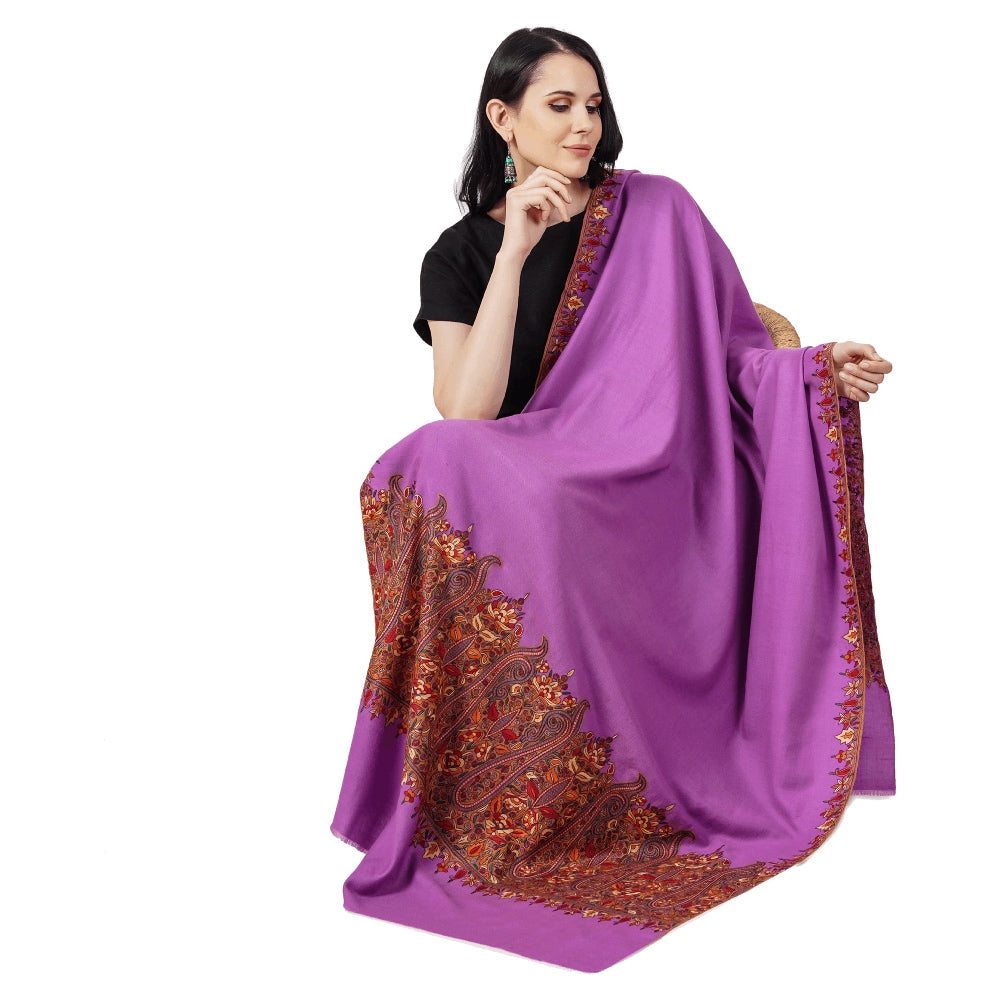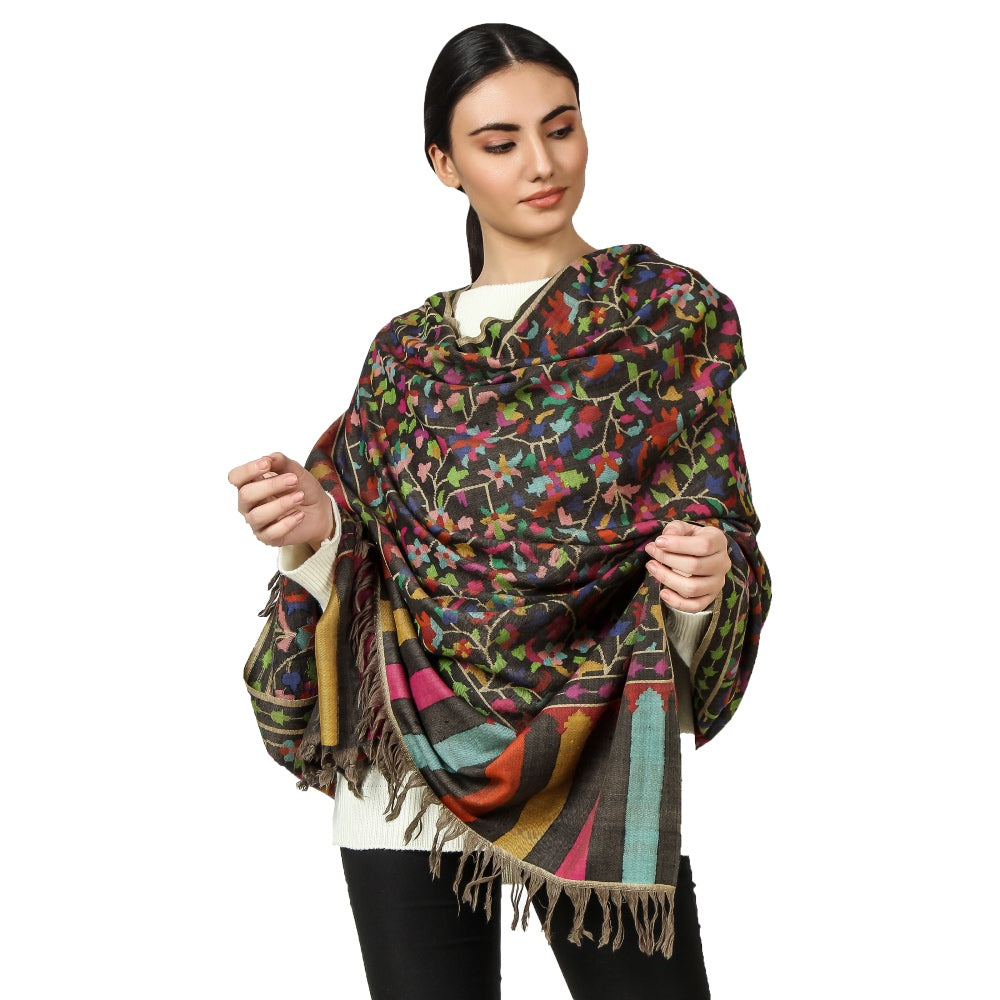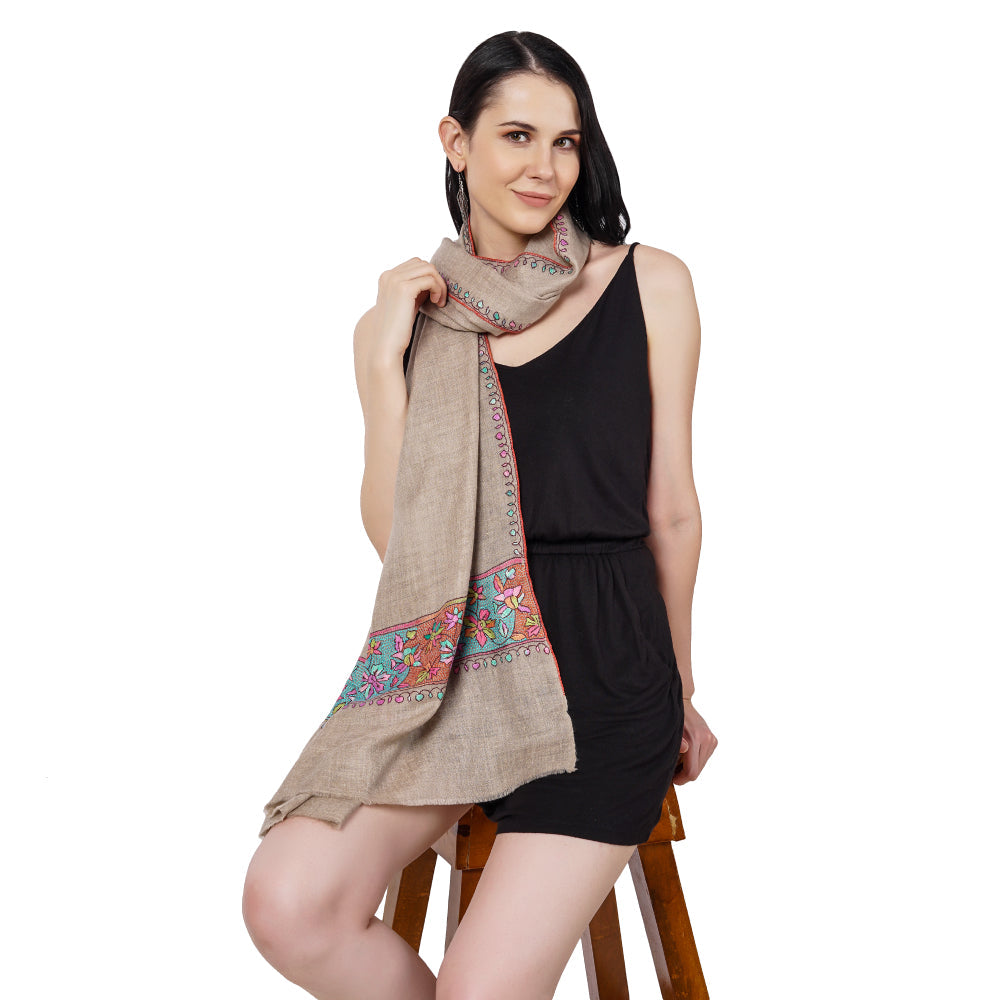
Is Merino Wool Better than Cashmere? A Comprehensive Comparison of the Two Materials
Share
When it comes to choosing high-quality materials for clothing and accessories, two of the most popular options are merino wool and cashmere. Both of these materials are known for their softness, warmth, and durability, but they have some key differences that make them better suited for certain uses.
In this article, we'll take a closer look at the differences between merino wool and cashmere, including their properties, care requirements, and sustainability factors. By understanding the pros and cons of each material, you can make an informed decision about which one is right for you.
Properties
One of the main differences between merino wool and cashmere is the type of animal from which they are derived. Merino wool comes from the Merino breed of sheep, which is known for its fine, soft, and durable wool. Cashmere, on the other hand, comes from the soft undercoat of cashmere goats.
Because of these differences in origin, merino wool and cashmere have distinct properties that make them better suited for certain uses. Here are some of the key characteristics of each material:
Merino Wool
Merino wool is a versatile material that has many advantages over other types of wool. Here are some of the properties that make merino wool an excellent choice for clothing and accessories:
- Softness: Merino wool is known for its exceptional softness. The fibers are much finer than traditional wool, which makes it feel soft and luxurious against the skin.
- Warmth: Despite its lightweight feel, merino wool is an excellent insulator. It can trap air between the fibers, which helps to keep you warm in cold weather.
- Moisture-wicking: Merino wool has natural moisture-wicking properties, which means it can absorb and release moisture without becoming saturated. This makes it an ideal choice for outdoor activities or other situations where you might be sweating.
- Durability: Merino wool is more durable than other types of wool, thanks to the fine, strong fibers. It can withstand regular wear and tear without pilling or losing its shape.
Cashmere
Cashmere is known for its luxurious feel and exceptional warmth. Here are some of the properties that make cashmere a popular choice for clothing and accessories:
- Softness: Cashmere is one of the softest materials available. The fibers are very fine and delicate, which makes it feel extremely soft and comfortable against the skin.
- Warmth: Cashmere is an excellent insulator, thanks to the soft, downy fibers. It can keep you warm in even the coldest weather, without feeling heavy or bulky.
- Lightness: Despite its warmth, cashmere is very lightweight. This makes it an ideal choice for travel or layering, as it won't add unnecessary bulk to your outfit.
- Drape: Cashmere has a beautiful drape, which means it hangs softly and gracefully. This makes it an ideal choice for clothing that requires a flowing, elegant look.
Also read: 30 most frequently asked questions about Cashmere
Care Requirements
Another important factor to consider when choosing between merino wool and cashmere is the care requirements. Both of these materials require some special attention to keep them looking and feeling their best, but the specific care requirements differ. Here's what you need to know:
Merino Wool
Merino wool is generally fairly easy to care for. It can be hand-washed or machine-washed on a delicate cycle, and it dries quickly. However, it's important to be careful when washing merino wool, as it can shrink if exposed to hot water or high heat in the dryer.
To care for merino wool, you should follow these steps:
- Turn the garment inside out before washing.
- Use a gentle, wool-friendly detergent.
- Wash the garment in cool water, either by hand or on a delicate cycle.
- Rinse the garment thoroughly to remove any soap residue.
- Lay the garment flat to dry, away from direct sunlight or heat sources.
If you need to remove wrinkles or freshen up the garment, you can use a steamer or iron it on a low heat setting. Avoid using a high heat setting, as this can damage the fibers.
Cashmere
Cashmere requires a bit more care than merino wool, as it is more delicate and prone to damage. Here are the steps you should follow when caring for cashmere:
- Hand-wash the garment in cool water with a gentle detergent.
- Gently squeeze out the excess water, being careful not to wring or twist the fibers.
- Lay the garment flat to dry, away from direct sunlight or heat sources.
- Store the garment in a cool, dry place, preferably in a breathable garment bag.
Never use a dryer to dry cashmere, as this can cause shrinkage and damage the fibers. Similarly, avoid using a high heat setting when ironing or steaming, as this can cause the fibers to become brittle and break.
Also read: Maximizing life of your Cashmere Scarf
Sustainability
Sustainability is another important factor to consider when choosing between merino wool and cashmere. Here's what you need to know:
Merino Wool
Merino wool is generally considered to be a sustainable material. Here are some of the reasons why:
- Biodegradable: Merino wool is a natural material that can break down over time, which means it won't contribute to the buildup of synthetic materials in landfills.
- Renewable: Sheep can produce wool year after year, which means it is a renewable resource.
- Low impact: The production of merino wool generally has a low environmental impact, as it requires less energy and resources than other types of wool.
However, it's important to note that not all merino wool is created equal. Some companies use harmful chemicals or engage in unethical practices when producing merino wool, so it's important to do your research and choose a brand that prioritizes sustainability and transparency.
Cashmere
Cashmere is generally considered to be less sustainable than merino wool. Here are some of the reasons why:
- Low availability: Cashmere goats only produce a small amount of soft undercoat each year, which means it is a limited resource.
- High demand: Because of its luxurious feel and warmth, cashmere is in high demand, which can lead to overgrazing and environmental degradation in the areas where cashmere goats are raised.
- Production impact: The process of producing cashmere can have a significant environmental impact, as it requires large amounts of water, energy, and chemicals.
However, like with merino wool, there are brands that prioritize sustainability when producing cashmere. Look for companies that use environmentally friendly and ethical practices, and consider investing in high-quality cashmere that will last for years to come.
Conclusion
In conclusion, both merino wool and cashmere are excellent choices for high-quality clothing and accessories. Merino wool is a versatile material that is known for its softness, warmth, moisture-wicking properties, and durability. Cashmere, on the other hand, is a luxurious material that is incredibly soft, warm, lightweight, and drapes beautifully.
When choosing between merino wool and cashmere, it's important to consider the properties of each material, as well as the care requirements and sustainability factors. By doing your research and choosing a high-quality product from a reputable brand, you can ensure that you are making a sustainable and responsible choice that will provide you with years of warmth and comfort.





